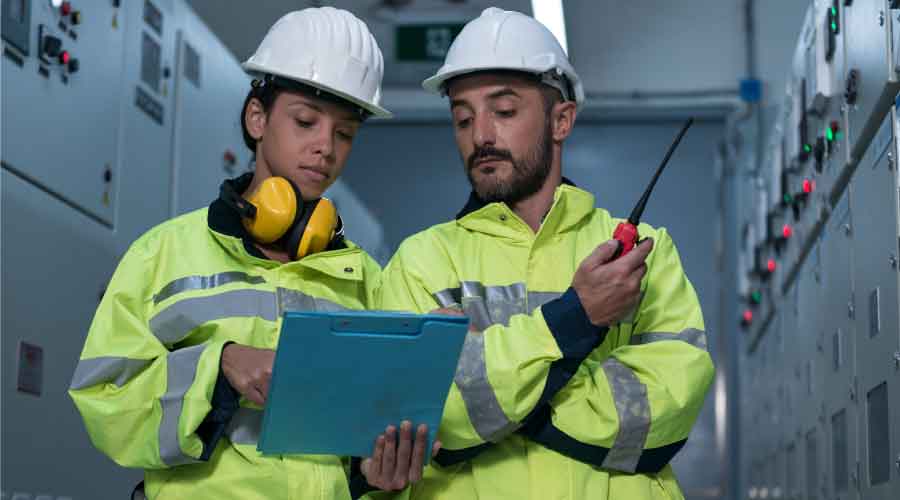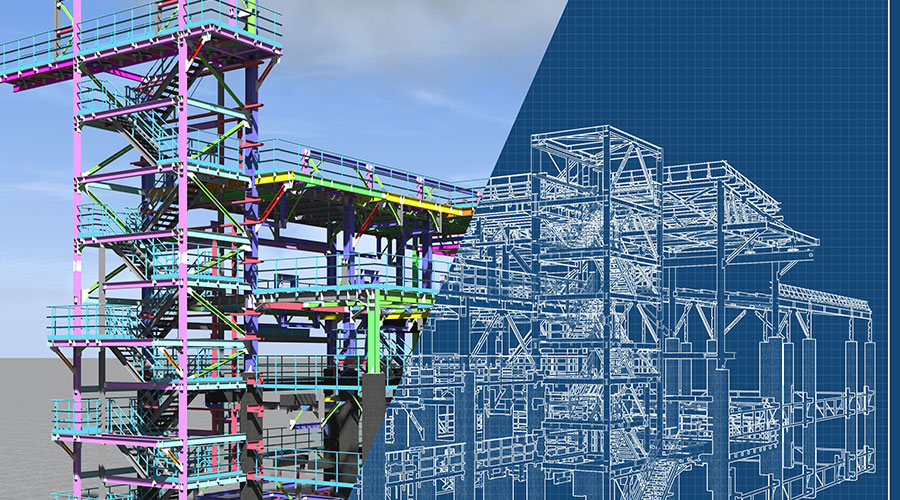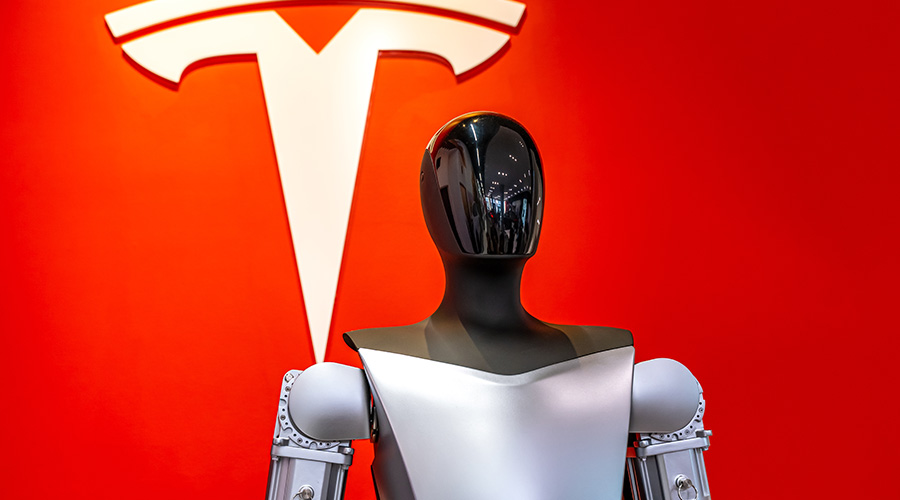How CMMS Modernizes Maintenance
New-generation systems help managers balance workloads, staffing, budget and improve productivity
Computerized maintenance management systems (CMMS) have never been more important to maintenance and engineering managers in institutional and commercial facilities. As managers face challenges related to staffing, supply chains, budgets and workloads, an effective CMMS can help them track and improve worker productivity, streamline inventory management and report on department progress.
Two keys to getting every last benefit out of a CMMS are knowing its most important aspects and the features and functions managers need to look for when planning an upgrade of their current CMMS.
Understanding benefits
While a CMMS is not a staffing tool by nature, “it does help maintenance teams do more with less,” says Matt Tansey, senior product marketing manager for facilities management at JLL Technologies. “Research shows there will be a chronic staffing shortage for managers in the coming years, with as many as 40 percent (of technicians) exiting the profession without nearly as many entering.”
By creating automation around work order creation through dispatch and eventual completion, invoice and payment, managers “can avoid drowning in busy work and do more with less,” Tansey says.
When looking to upgrade their current systems, Tansey says managers should look for mobility.
“On the innovation front, it should come as no surprise that we increasingly see the need for a mobile-first solution given the on-the-go nature of facilities management,” says Tansey, who adds this should be top of mind for all managers when evaluating a new system. “If you can build the same functionality into a mobile CMMS that pairs and syncs directly with the desktop version — what we call a unified experience — it gives managers hours back in their day.”
The modern CMMS features a series of dashboards that shortens the time to make a decision and offers a broad, portfolio-level view that can impact operations in the business for the better, Tansey says.
“You may want to tie a CMMS into your financial system, your Internet of Things sensors, a ticketing platform or maybe even an integrated workplace management system,” Tansey says. “Having an open application programming interface ensures integrations happen fast, and cost-effectively. If that’s not the case, you could get caught up in a long, drawn-out custom integration that could take longer than your initial deployment.”
It is critical that a CMMS provider has a proven methodology for deployment and ongoing service.
“Who has the provider performed for in the past?” Tansey says. “Can they show a track record of success? Maintenance teams differ dramatically across the industry because, a restaurant has very different needs than a hospital, for example.”
Without a quality deployment team configuring and personalizing to the industry and individual businesses, “a new CMMS can get overwhelming quickly,” Tansey says. “Without a quality service team with industry professionals who have been in the manager’s shoes before, you’ll be largely stabbing in the dark to establish best practices. Technology is great — until it isn’t.
“CMMS platforms cover so much functionality that they aren’t self-service by nature, and you need those guiding forces who have done it for years, guiding the way.”
There are two things every CMMS should have to communicate to the greater business, Tansey says. The first is a dashboard that can compare facility performance and vendor performance and provide clear visibility into associated facilities costs.
“It’s important that these insights eliminate a lot of the other noise you might see in a typical BI (business intelligence) product,” Tansey says.
The second is asset-level insights and recommendations.
“To be able to see performance at the individual asset level is a level of granularity that didn’t exist just a few years ago,” Tansey says. Those that have repair/replace recommendations over simple descriptive data “put the FM in a position to succeed when making strategic recommendations.”
Managers should apply budgets to projects they work on, as well as the operating budgets of their trades.
“If you are properly accounting for all hours worked, materials used, contractors paid, this information can be easily pulled out of your CMMS to both track current budgets and forecast future budgets,” says Landon Faulkner, director of demand generation for TMA Systems.
Related Topics:













